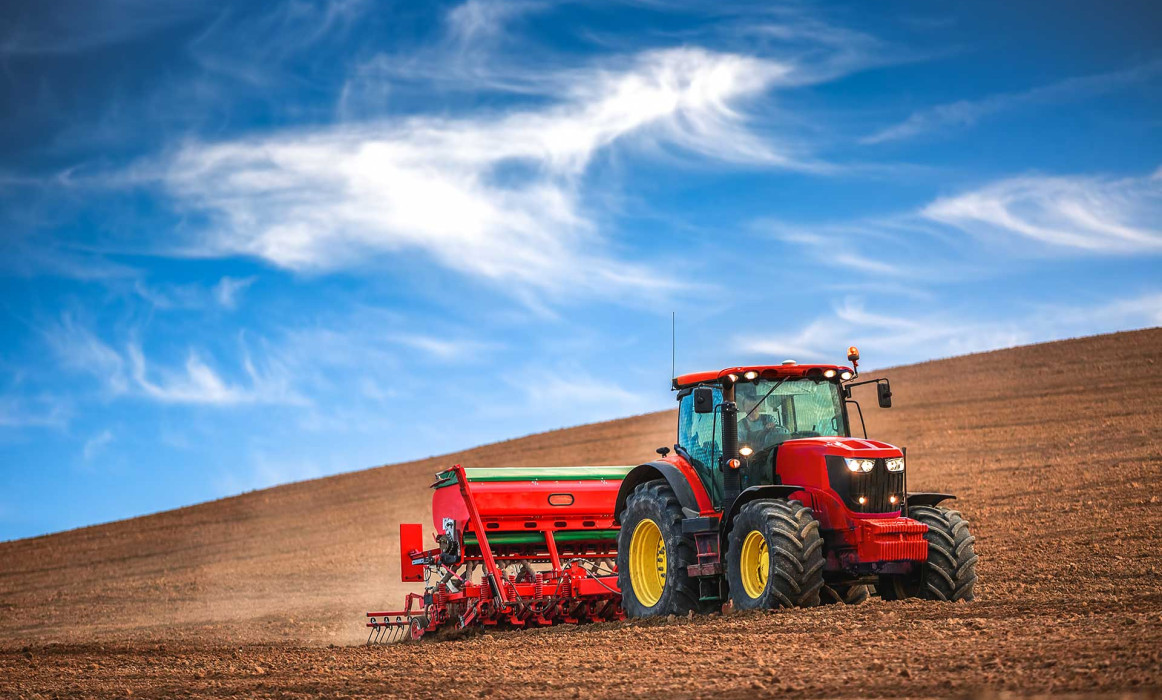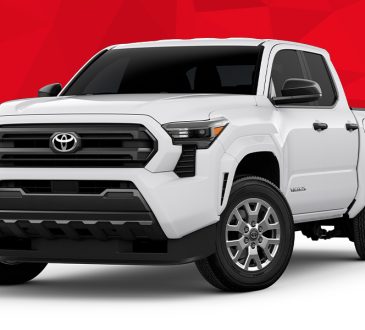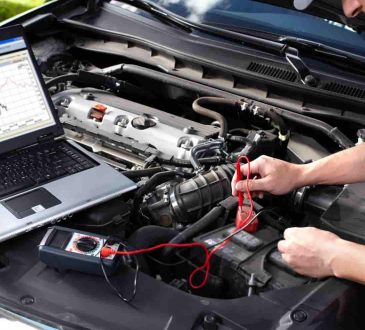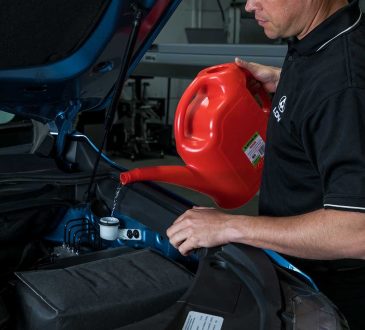
For farming and landscaping, a used tractor can be a cost-effective solution. A used tractor’s lifespan can be extended by maintaining it and getting the most out of it. By following a consistent maintenance routine and adopting smart practices, you maximize the performance, reliability, and durability of your used tractor.
Read the manual and understand maintenance requirements
The manual provides essential information regarding maintenance schedules, recommended fluids, lubricants, filters, and other specific requirements for your tractor model. To ensure optimal performance and longevity, read and understand this information thoroughly. Check the engine oil, hydraulic fluid, coolant, and transmission fluid levels regularly, and top them up as needed. Also, ensure that oil, air, and fuel filters are clean and debris-free. Replace these filters as recommended by the manufacturer to prevent contaminants from entering the tractor’s engine or hydraulic system. Maintaining a clean exterior not only keeps your tractor looking good but also prevents the buildup of dirt, debris, and moisture that accelerate corrosion and damage sensitive components. Regularly wash the tractor’s body, tires, and attachments, paying special attention to hard-to-reach areas. Use a mild detergent, a soft brush, and a low-pressure water source to avoid damaging the tractor’s surfaces.
Grease moving parts
For moving parts to operate efficiently, proper lubrication is essential. Refer to the manufacturer’s recommendations to determine which parts require greasing and how often. Apply grease to crucial components such as joints, fittings, bearings, and linkages to ensure smooth operation and prevent premature wear. Regularly check for signs of excessive wear, loose connections, or dry components, and address them promptly. The electrical system of your compact tractor for sale plays a crucial role in its operation. Regularly inspect the battery for corrosion and ensure that the terminals are clean and secure. Check the wiring for any signs of damage or loose connections and repair or replace as necessary. All lights, gauges, and other electrical components should work properly. Clean the contacts of switches and connectors periodically to maintain good electrical connections.
Proper tire pressure is vital for the tractor’s stability, traction, and fuel efficiency. Ensure that the tire pressure is equal to the manufacturer’s recommendation regularly. Inflating tires incorrectly results in uneven wear, poor performance, and high fuel consumption. If you spot cuts, punctures, or excessive wear on the tires, address them immediately. Belts, hoses, and seals are critical components of your tractor’s engine and hydraulic systems. Regularly inspect these components for signs of wear, cracks, leaks, or degradation. Replace any damaged or worn belts and hoses promptly to prevent sudden failures that result in costly repairs or downtime. Inspect and replace worn or damaged seals to prevent fluid leaks and ensure the efficient operation of the tractor.




